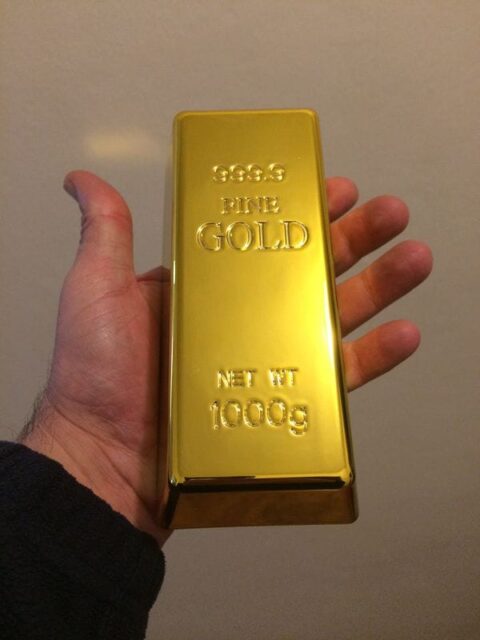Gold price have seen a significant rebound recently, bouncing off a major trendline after falling to seven-week lows earlier in November. This comes after the release of the latest US inflation data, which played a crucial role in market sentiment. The precious metal is currently trading above $2,600 as investors analyze the data and its implications for gold and other assets.
In this article, we’ll explore how inflation data, gold ETFs, and geopolitical factors are influencing gold prices. For more updates on the daily movements of gold, check out the latest gold trends and insights here.
US Inflation Data and Its Impact on Gold
The release of the US Consumer Price Index (CPI) data showed that inflation rose in line with expectations for October. The headline CPI increased by 2.6% year-on-year (YoY), compared to 2.4% in September. Despite these stable inflation figures, the market has taken a cautious approach, with investors closely monitoring how these numbers might affect gold prices.
The Role of Gold ETFs and Outflows
Gold price decline in November was partly driven by significant outflows from gold-backed Exchange Traded Funds (ETFs). These financial instruments allow traders to invest in gold without holding physical bullion. According to the World Gold Council (WGC), North American outflows accounted for around $809 million (12 tonnes) in early November, although these were somewhat offset by inflows from Asia.
ETF outflows have put pressure on the price of gold, which had been rising earlier in the year due to expectations that the US Federal Reserve would reduce interest rates in response to declining inflation. With fewer investments in gold ETFs, the metal’s price faced downward pressure.
Geopolitical Risks and Gold’s Safe-Haven Appeal
Gold has traditionally been seen as a safe-haven asset, with prices often rising in times of geopolitical uncertainty. Recently, the ongoing Russia-Ukraine conflict and tensions in the Middle East have raised concerns among investors, prompting them to seek safe havens like gold.
Despite efforts by former US President Donald Trump to de-escalate tensions in these regions, the situation remains volatile. As geopolitical risks persist, investors may turn to gold, driving its price higher as a protective measure.
Gold’s Short-Term Downtrend and Technical Analysis

Technically, gold is currently in a short-term downtrend, as the precious metal struggles to maintain higher price levels. However, it recently found support at the $2,600 level, which is a critical trendline marking the long-term uptrend.
If gold breaks below this support, it could fall to the next target around $2,540, which coincides with the 100-day simple moving average (SMA) and the highs from August. But given the overall long-term uptrend, there is still potential for a price reversal, especially if broader market conditions shift in gold’s favor.
Conclusion
In summary, gold prices are currently influenced by a combination of factors including inflation data, ETF outflows, and geopolitical tensions. While short-term trends suggest a downward movement, the precious metal remains supported by a strong long-term uptrend. For more insights on gold trends and market updates, visit Daily Gold Signal.
As gold continues to face pressure from various sources, it will be crucial for investors to stay informed and adjust their strategies accordingly.





